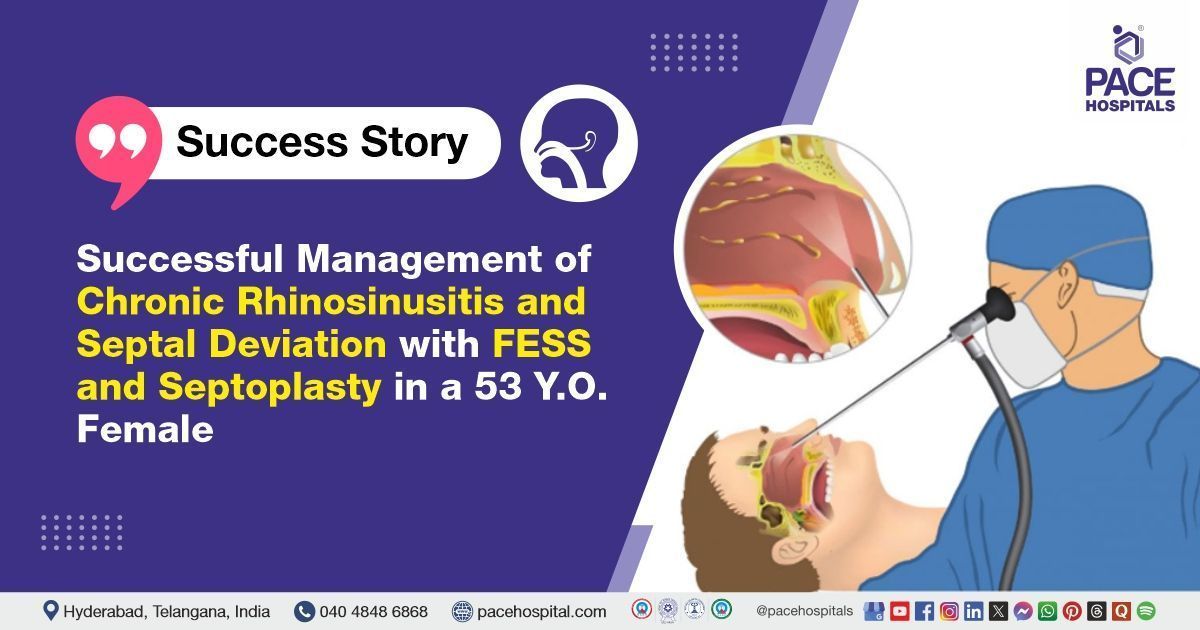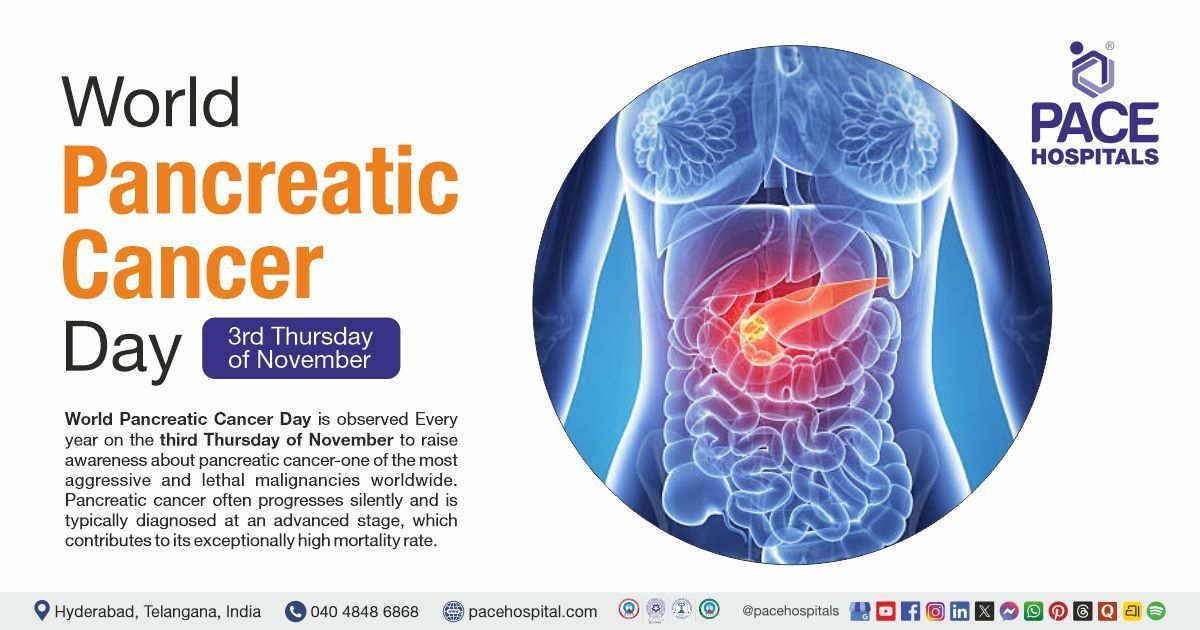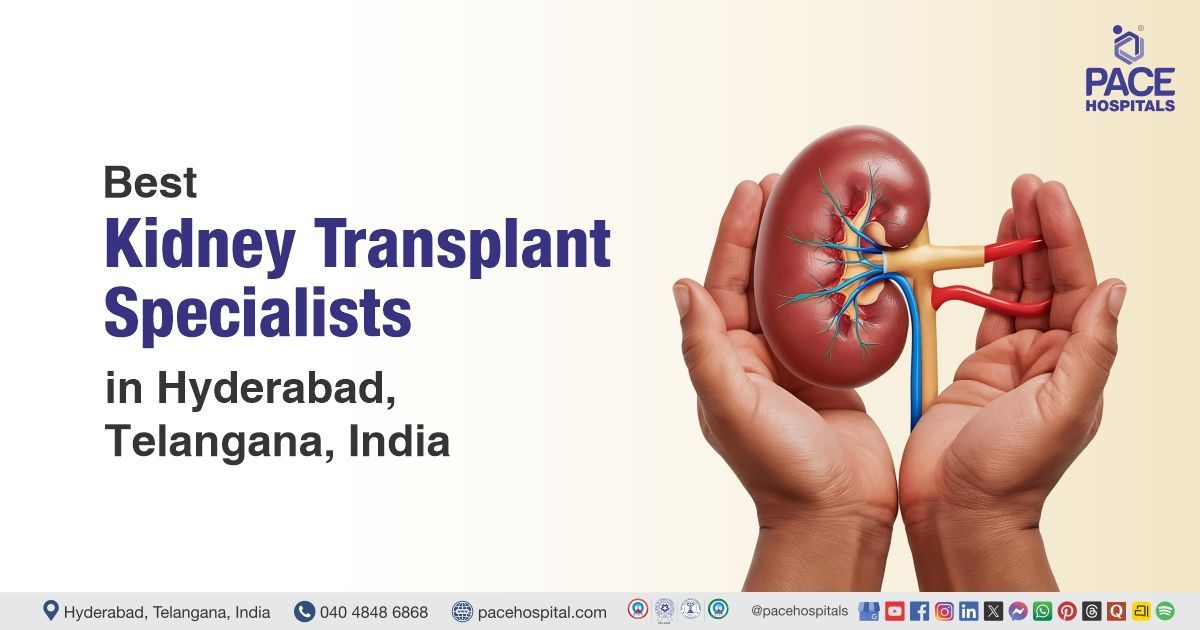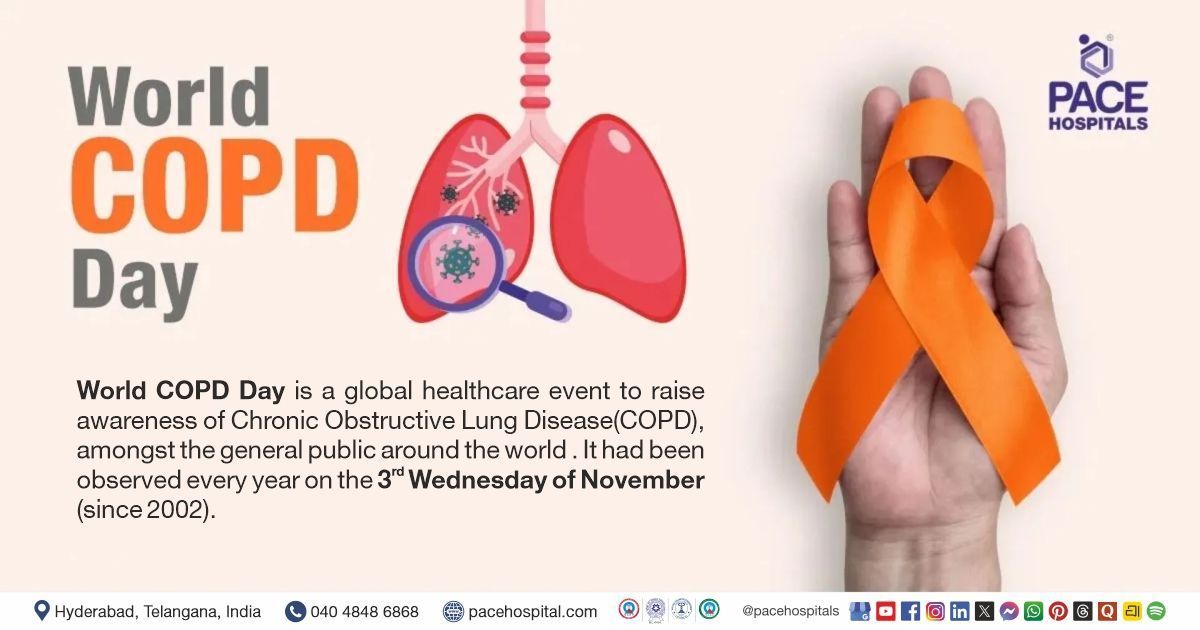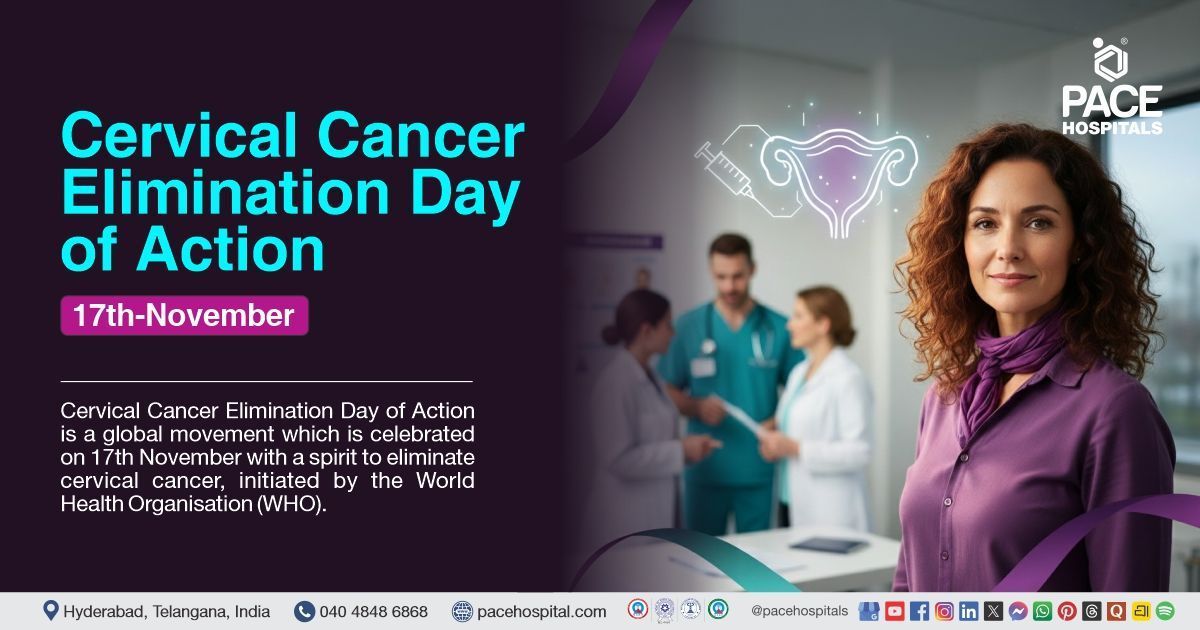FESS and Septoplasty for Chronic Sinusitis in a 53-Year-Old Female
PACE Hospitals
The expert ENT team at PACE Hospitals successfully performed a
Left Functional Endoscopic Sinus Surgery (FESS) combined with septoplasty on a 53-year-old female patient who had a long-standing history of left-sided nasal blockage, bilateral nasal obstruction, and intermittent frontal headaches. This combined procedure was undertaken to alleviate her symptoms, reduce the risk of future complications, and support optimal recovery.
Chief complaints
A 53-year-old female patient with a BMI of 22.1 presented to the ENT Department at PACE Hospitals, Hitech City, Hyderabad, with a long-standing history of left-sided nasal blockage, bilateral nasal obstruction, and intermittent frontal headaches.
She had been experiencing these symptoms for several years, which had gradually worsened over time, significantly affecting her quality of life. Due to the chronic nature and persistence of her condition, she was referred for further evaluation and specialized treatment to identify the underlying cause and provide lasting relief.
Past Medical History
The patient had no significant history of known drug allergies or chronic illnesses. This absence of comorbid conditions was considered favourable in her case, as it reduced the risk of complications during and after surgery and contributed to the expectation of a smoother and more stable postoperative recovery.
On Examination
Upon admission to PACE Hospitals, the patient’s vital signs were stable, indicating no immediate systemic concerns. General examination revealed no significant abnormalities. Systemic evaluation of the nasal cavity showed a deviated nasal septum (DNS) towards the right side, along with scanty mucopurulent discharge in the left nasal cavity, suggestive of an underlying sinus infection.
Paranasal sinus (PNS) examination revealed tenderness over the left maxillary sinus, consistent with sinusitis. Bilateral ear examination showed intact tympanic membranes with no signs of active infection, and the oral cavity appeared normal, ruling out any associated oral or otological source of infection.
These clinical findings were indicative of chronic rhinosinusitis, likely secondary to the deviated nasal septum and persistent sinus infection. The localized tenderness and nasal discharge correlated with the patient’s symptoms of nasal obstruction and intermittent frontal headaches.
Diagnosis
After the initial assessment, the medical team proceeded with further investigations to confirm the patient’s condition and identify the underlying cause of her chronic nasal symptoms. To support the diagnosis and evaluate the extent of the disease, a series of relevant diagnostic tests were conducted.
A CT scan of the paranasal sinuses (CT PNS – Plain Scan) was performed as part of the evaluation. The imaging revealed a deviated nasal septum (DNS) towards the right side, obstruction of the left osteomeatal complex (OMC), and a soft tissue mass within the left maxillary sinus, accompanied by increased mucosal thickening. Importantly, there were no signs of bony erosion, which ruled out more aggressive pathology.
These radiological findings were consistent with chronic rhinosinusitis, most likely resulting from impaired sinus drainage due to the anatomical deviation and OMC blockage. The soft tissue mass and mucosal thickening in the left maxillary sinus correlated well with the patient's symptoms of persistent left nasal blockage, bilateral nasal obstruction, and intermittent frontal headaches. The deviated nasal septum contributed to asymmetric nasal airflow and further exacerbated the obstruction, while the chronic inflammation and sinus blockage explained the facial tenderness and pressure, particularly over the left maxillary region.
Based on this comprehensive evaluation, the patient was advised to undergo
Chronic Rhinosinusitis Treatment
in Hyderabad, India, under the expert care of the
ENT Department at PACE Hospitals in Hyderabad, ensuring complete treatment, symptom relief, and prevention of further complications.
Medical Decision Making (MDM)
The CT scan revealed a deviated nasal septum, blockage of the left osteomeatal complex (OMC), and a soft tissue density in the left maxillary sinus, indicating that the patient was suffering from chronic rhinosinusitis with underlying anatomical obstruction.
Taking into account the patient’s clinical symptoms, imaging findings, and medical history, Dr. Shweta Anand, ENT Surgeon, formulated a comprehensive diagnostic and therapeutic plan. It was decided that the patient would undergo Functional Endoscopic Sinus Surgery (FESS) combined with Septoplasty to address the sinus obstruction, restore proper drainage, and relieve the associated symptoms.
In light of the patient’s condition and the need for surgical intervention, the patient and her family were thoroughly informed about the nature of the diagnosis, the details of the proposed surgical procedure, and the potential risks involved. The importance of undergoing FESS combined with septoplasty was clearly explained, emphasizing its role in relieving symptoms, restoring normal sinus function, and preventing further complications associated with chronic rhinosinusitis.
Surgical Procedure
Following the decision, the patient was scheduled to undergo FESS and Septoplasty in Hyderabad at PACE Hospitals, under the expert care of the ENT Department, to address the nasal obstruction and chronic sinus inflammation, and to improve overall nasal function and quality of life. The following steps were carried out during the procedure:
The patient was taken to the operating room and positioned in the reverse Trendelenburg position under general anaesthesia. The surgical site was then prepared and draped using strict aseptic precautions.
- Nasal Cavity Preparation: Bilateral nasal cavity decongestion (reduction of swelling in the nasal passages) was achieved using local infiltration with a local anaesthetic combined with a vasoconstrictor. Further decongestion was facilitated by nasal packing (insertion of material into the nasal cavity) with a topical anaesthetic solution to improve visibility and access during surgery.
- Left Functional Endoscopic Sinus Surgery (FESS): As part of the surgical procedure to address the patient’s chronic rhinosinusitis and anatomical obstruction, a left uncinectomy was performed to remove the uncinate process (a thin, hook-shaped bony structure in the lateral wall of the nasal cavity that plays a role in draining the sinuses, especially the maxillary sinus) thereby providing better access to the left maxillary sinus. Following this, a left middle meatal antrostomy (creating an opening in the middle nasal passage) was carried out to enhance drainage and ventilation of the affected sinus. These steps were crucial in restoring normal sinus function and alleviating the patient’s long-standing symptoms.
- Septoplasty: A left Killian incision was made, and endoscopic septoplasty was performed to correct the deviated nasal septum on the left side. The Right-Sided DNS (deviation on the right side) was also corrected during the same procedure, improving airflow and reducing further anatomical blockage.
- Flap Management: Bilateral mucoperichondrial and mucoperiosteal flaps (Bilateral mucoperichondrial and mucoperiosteal flaps are layers of tissue lifted from both sides of the nasal septum, covering the cartilage and bone) were carefully lifted, repositioned, and stitched with Vicryl sutures to promote proper healing.
- Nasal Packing and Dressing: Both nasal cavities were packed with Ivalon nasal packs of sizes 1 and 2. An external dressing was then applied to keep the area clean and provide support.
- Hemostasis: Bleeding was controlled at every stage of the procedure without any complications.
Intraoperative Findings
During the procedure, the doctors found a deviated nasal septum leaning to the right side. A fungal growth was identified in the left maxillary sinus, with both maxillary sinuses affected. Additionally, both anterior ethmoid sinuses showed swollen, polyp-like changes, indicating ongoing inflammation. They effectively addressed the patient’s anatomical abnormalities and chronic sinus inflammation, aiming to relieve symptoms and prevent future complications.
Postoperative Care
The postoperative period remained smooth and free of complications. The patient was initially monitored in the ICU to ensure stability before being transferred to a general ward for continued recovery. Intravenous antibiotics, analgesics, antacids, and supportive care were administered according to standard postoperative protocols. Nasal packs were removed without any issues, and the patient showed significant clinical improvement. Upon evaluation, the patient was found to be stable and was discharged with appropriate medications and follow-up instructions.
Discharge Medication
Upon discharge, the patient was prescribed a comprehensive and individualized medication regimen to support postoperative recovery and minimize the risk of complications related to her sinus surgery and septoplasty.
The prescribed medications included antibiotics to prevent surgical site infections, antihistamines to control allergic symptoms and reduce mucosal inflammation, and proton pump inhibitors to protect against gastrointestinal side effects from other medications. Analgesics were provided to effectively manage postoperative pain and discomfort. Additionally, nasal sprays were prescribed to maintain nasal hygiene, reduce congestion, and promote healing. Supportive treatments were also included in the discharge plan to ensure optimal recovery.
Advice on Discharge
The patient was advised to avoid excessive nose blowing and heavy lifting during the postoperative period to prevent increased intranasal pressure, ensure proper healing, and reduce the risk of bleeding or infection.
Emergency Care
The patient was informed to contact the Emergency ward at PACE Hospitals in case of any emergency or development of symptoms like fever, bleeding, or vomiting.
Review and follow up
The patient was advised to return to the ENT specialist in Hyderabad at PACE Hospitals for a follow-up appointment after one week, for suture removal and further evaluation of the surgical site and overall progress.
Conclusion
This case highlighted the effectiveness of FESS with septoplasty in the treatment of Rhinosinusitis and Deviated Nasal Septum in Hyderabad, India, enabling successful relief of symptoms and restoration of normal sinus function.
CT PNS: A Critical Component in Detecting and Managing Chronic Sinusitis and Septal Deviation
CT scan of the paranasal sinuses (CT PNS) is a critical diagnostic tool in managing chronic sinusitis and deviated nasal septum. It provides detailed, high-resolution images of the sinus cavities, nasal septum, and surrounding structures, allowing precise identification of inflammation, anatomical abnormalities, and blockages. This test is frequently used because it offers superior visualization compared to standard X-rays, helping to detect mucosal thickening, sinus opacification, and bony deformities like septal deviation. Unlike other imaging methods, CT PNS can clearly show the extent and severity of sinus disease, guiding effective treatment planning. Its accuracy and detail make it indispensable for an Otolaryngologist/ENT specialist in diagnosing and managing sinonasal conditions.
Share on
Request an appointment
Fill in the appointment form or call us instantly to book a confirmed appointment with our super specialist at 04048486868

